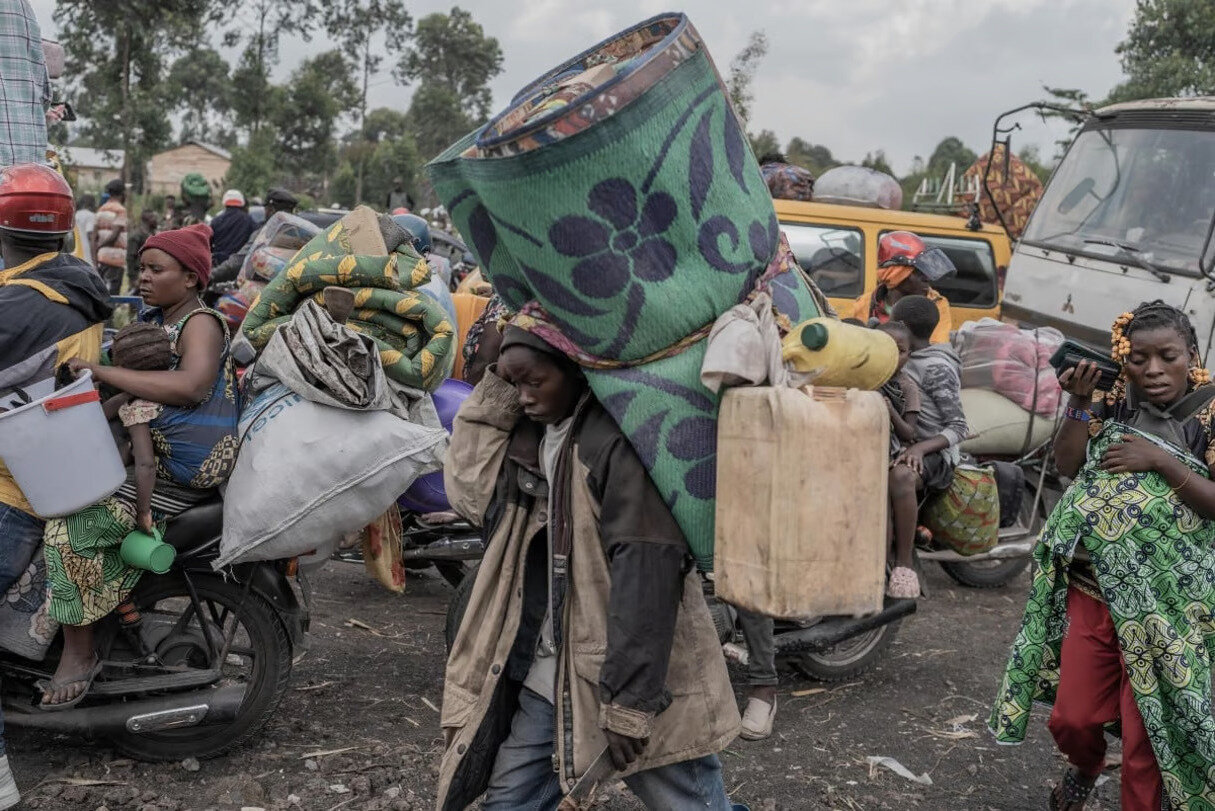
The Masisi-Lubutu Revolt is a significant chapter in the history of the Democratic Republic of Congo. This uprising, which took place in the early 20th century, was a reaction against colonial rule and exploitation. Why did the Masisi-Lubutu Revolt happen? The revolt was fueled by local grievances, forced labor, and heavy taxation imposed by colonial authorities. The local population, mainly composed of the Nande and Hunde ethnic groups, sought to reclaim their autonomy and resist the oppressive measures. Understanding this revolt provides insight into the broader context of anti-colonial movements in Africa. Dive into these 25 facts to grasp the complexities and impact of the Masisi-Lubutu Revolt.
Key Takeaways:
- The Masisi-Lubutu Revolt was a conflict in Congo sparked by ethnic tensions and control over mineral-rich regions, leading to devastating impact on civilians and a lasting legacy of governance challenges.
- Key figures like Patrice Lumumba and Joseph-Désiré Mobutu shaped the Masisi-Lubutu Revolt, which had a profound impact on Congo's history and continues to affect the region today.
Origins of the Masisi-Lubutu Revolt
The Masisi-Lubutu Revolt was a significant event in the history of the Democratic Republic of Congo. Understanding its origins helps us grasp the complexities of the conflict.
- The revolt began in 1960, shortly after Congo gained independence from Belgium.
- Ethnic tensions between the Hutu and Tutsi communities played a crucial role in sparking the conflict.
- The region of Masisi and Lubutu, rich in minerals, became a battleground for control.
- Local militias, known as Mai-Mai, were heavily involved in the fighting.
- The revolt was part of a larger series of conflicts known as the Congo Crisis.
Key Figures in the Revolt
Several individuals played pivotal roles in the Masisi-Lubutu Revolt. Their actions and decisions shaped the course of the conflict.
- Patrice Lumumba, Congo's first Prime Minister, was a central figure during the early stages of the revolt.
- Joseph-Désiré Mobutu, later known as Mobutu Sese Seko, emerged as a key military leader.
- Laurent-Désiré Kabila, who would later become President, was involved in the conflict.
- Moise Tshombe, leader of the secessionist State of Katanga, influenced the dynamics of the revolt.
- Antoine Gizenga, a prominent political leader, also played a significant role.
Major Battles and Events
The Masisi-Lubutu Revolt saw numerous battles and significant events that shaped its outcome. These moments were crucial in determining the direction of the conflict.
- The Battle of Bukavu in 1964 was one of the largest engagements during the revolt.
- The Simba Rebellion, a related conflict, overlapped with the Masisi-Lubutu Revolt.
- The intervention of United Nations peacekeeping forces was a turning point.
- The assassination of Patrice Lumumba in 1961 had a profound impact on the conflict.
- The capture of Stanleyville (now Kisangani) by rebel forces was a significant event.
Impact on Civilians
The Masisi-Lubutu Revolt had a devastating impact on the civilian population. Understanding this helps us appreciate the human cost of the conflict.
- Thousands of civilians were displaced from their homes due to the fighting.
- Many villages were destroyed, and infrastructure was severely damaged.
- The conflict led to widespread famine and disease.
- Human rights abuses, including mass killings and sexual violence, were rampant.
- The psychological trauma experienced by survivors had long-lasting effects.
Aftermath and Legacy
The aftermath of the Masisi-Lubutu Revolt left a lasting legacy on the Democratic Republic of Congo. The consequences of the conflict are still felt today.
- The revolt contributed to the rise of Mobutu Sese Seko, who ruled Congo for over three decades.
- The conflict exacerbated ethnic tensions that continue to affect the region.
- The mineral wealth of Masisi and Lubutu remains a source of conflict and exploitation.
- The revolt highlighted the challenges of post-colonial governance in Africa.
- Efforts at reconciliation and rebuilding have been ongoing but face significant obstacles.
Final Thoughts on the Masisi-Lubutu Revolt
The Masisi-Lubutu Revolt stands as a significant chapter in history, highlighting the resilience and determination of those involved. This conflict, rooted in complex socio-political dynamics, offers valuable lessons about the impact of colonialism, local governance, and the struggle for autonomy. Understanding these events helps us appreciate the intricate tapestry of human history and the enduring spirit of communities fighting for their rights.
Reflecting on these facts, it's clear that the revolt was more than just a series of battles; it was a profound statement against oppression. The bravery and sacrifices made during this period continue to inspire and remind us of the importance of standing up for justice. As we move forward, let’s remember the lessons from the Masisi-Lubutu Revolt and strive to create a world where such conflicts are a thing of the past.
Frequently Asked Questions
Was this page helpful?
Our commitment to delivering trustworthy and engaging content is at the heart of what we do. Each fact on our site is contributed by real users like you, bringing a wealth of diverse insights and information. To ensure the highest standards of accuracy and reliability, our dedicated editors meticulously review each submission. This process guarantees that the facts we share are not only fascinating but also credible. Trust in our commitment to quality and authenticity as you explore and learn with us.
